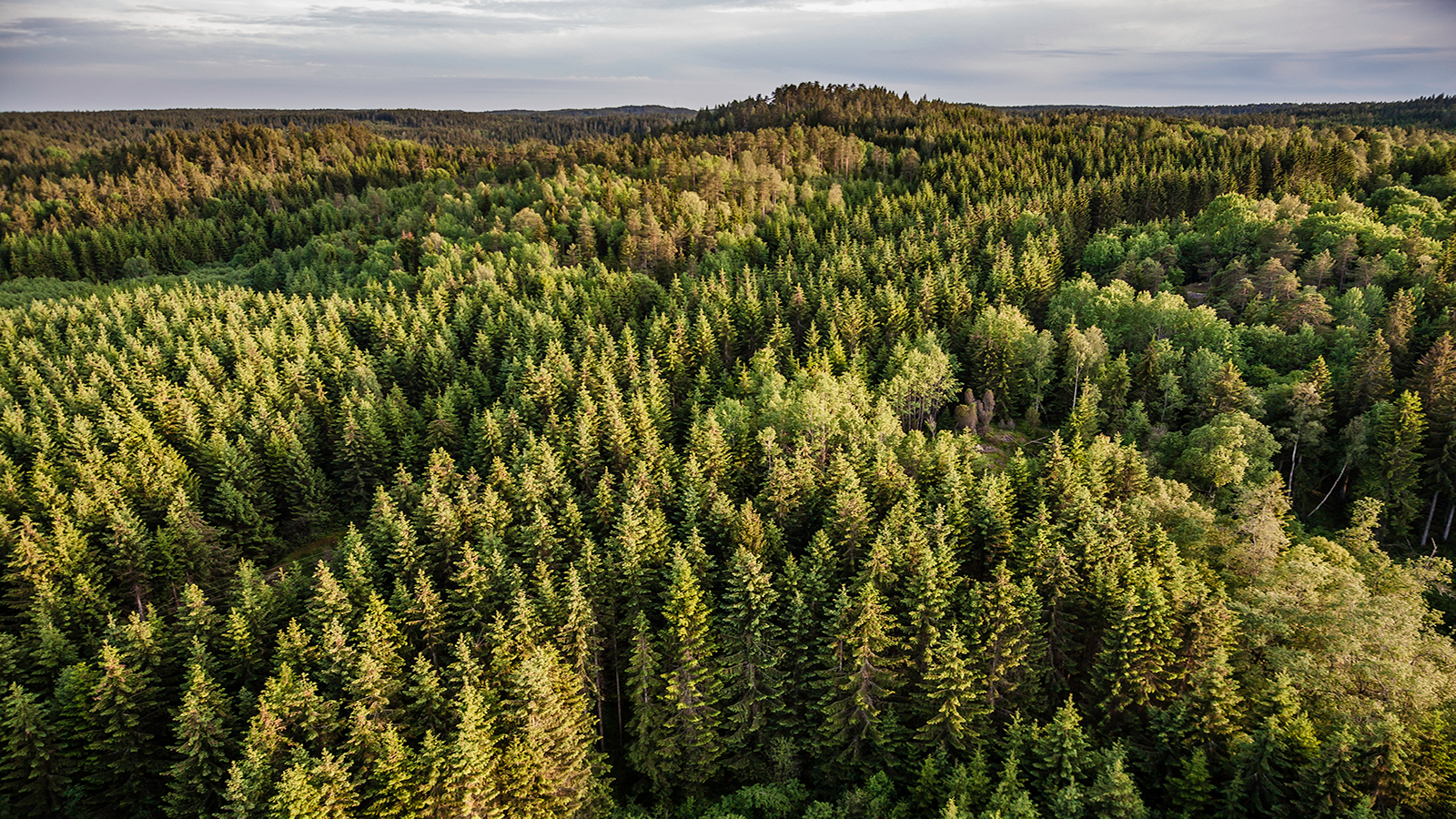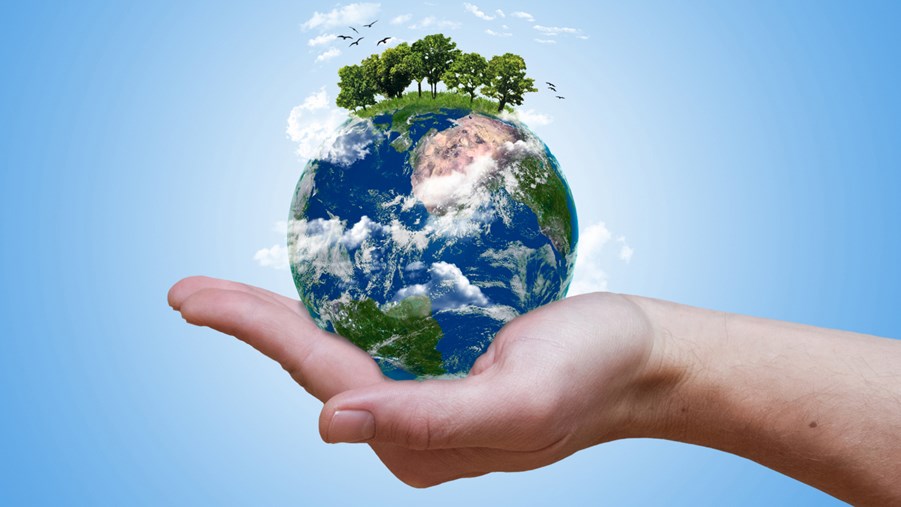
Do we have more or less forest?
What has the development of forest area been like in modern times and what does the forecast look like for the future?

Seventy-two per cent of the earth's land area is used. How should we optimise its use to ensure sustainable development? What is the driver behind changes in how it is used? We spoke to Professors Lennart Olsson and Johan Kuylenstierna.
Roughly 71% of the earth surface is ocean and 29% land. Of the world's total ice-free land area of 130 million square kilometres, 28% comprises unused land and 72% has been influenced by mankind in some way. This in turn is divided into 37% pasture, 22% woodland, 12% farmland and 1% cities and infrastructure, according to the UN Intergovernmental Panel on Climate Change (IPCC).
"It's extremely hard to produce reliable statistics on how much land is used and for what purpose, but the best way is to base the figures on satellite measurements of different kinds over time, combined with systematic observations on the ground," says Lennart Olsson, Professor of Geography at Lund University and founder of LUCSUS, the Lund University Centre for Sustainability Studies.
The main deciding factors for how land is used are natural conditions on the one hand – such as climate zone and soil – and human influence on the other. Areas with good conditions for agriculture are generally also suitable for forestry. Natural conditions have changed slowly over a long time; as for example when the Norway spruce first came to the Nordic region some 5,000 years ago.
"But we have seen quite rapid changes in land use since the 1970s, which have accelerated as the planet has got warmer," says Olsson.
Johan Kuylenstierna, Vice Chair of the Swedish Climate Policy Council and Adjunct Professor of Physical Geography at Stockholm University, expands on the question:
"Mankind's influence on the landscape today is completely different, and we've created several new barriers that weren't there before. There have never been as many of us as there are now, and urbanisation is happening particularly fast. Consequently, nature's ability to adapt is increasingly limited by how we use the land, making us even more vulnerable to large-scale environmental change."
Careful thought should be applied to how the world's land is used. One ongoing discussion worldwide relates to what our bioresources should be used for, as we approach a global population of 10 billion in a few decades, with more and more people having to share lesser and lesser resources.
"With this in mind, it will be crucial to optimise land use based on social and ecological principles; if we do that, the land will be an important factor in resolving the climate issue as well. What could be extremely dangerous is optimising land use based on climate benefits alone, as this gives rise to problems linked to social issues, economics, biodiversity and ecological benefits," Olsson explains.
Land, water treatment and bioresources will be of huge strategic importance moving forward. At present oil is the driver for a complex geopolitical process, but Kuylenstierna suggests that bioresources will be at the top of the political agenda moving forward:
"At the moment these issues are partly beneath the radar, since we're not really feeling the limitations yet, but their political importance is growing as competition for food, water and bioresources increases. Unlike oil, these are not products that can be substituted with something else. They are fundamental to our societies, and while they may be renewable they are not infinite.
Another important aspect in securing sustainable land use is to work with the long term and resource efficiency in mind.
"The long-term approach is crucial, so that we can exploit resources while also automatically investing in the future. We have come a long way in Sweden in both agriculture and forestry compared to other countries, as regards reinvesting in resources as we use them," says Kuylenstierna.
Olsson explains that other important aspects of sustainable land use are clearly defined land use rights:
"But it's important to stress that land use rights are different in different parts of the world, and that there's no single model that works best universally. Clearly defined land use rights can prevent conflicts which can lead to overexploitation and unsustainable land use."
Economics is the main driver in the changes in land use in agriculture and forestry.
"One example is the rapid deforestation of the tropics. Increased demand for soy protein from the meat industry is a strong driving force in the deforestation of the Amazon. In Southeast Asia, it is rather the high demand for palm oil from the food and biofuel industries," Olsson explains.
The key here, he suggests, is to establish clear incentives for socially and ecologically sustainable land use by focusing on long-term investments of up to 100 years into the future. Ultimately, this will also lead to positive economic outcomes.
Successfully moving towards sustainable land use calls for decisions and initiatives on both a global and local level, along the entire chain – from the heavyweights like the EU and UN, right down to the individual users dotted around the world.
"Global conventions are important for getting the issue on the agenda, establishing goals and principles, allocating political resources and hopefully creating resources for better regulation lower down. But the actual implementation has to happen at the local level, in a way that takes account of the ecological and social principles of each place. That's by far the best protection for sustainable use of the land," Professor Olsson concludes.
Storgatan 19
Stockholm
Box 55525, 102 04 Stockholm, Sweden
+46 (0)8-762 72 60
We use cookies to improve your browsing experience (Swedish text)
Privacy policy (Swedish text)